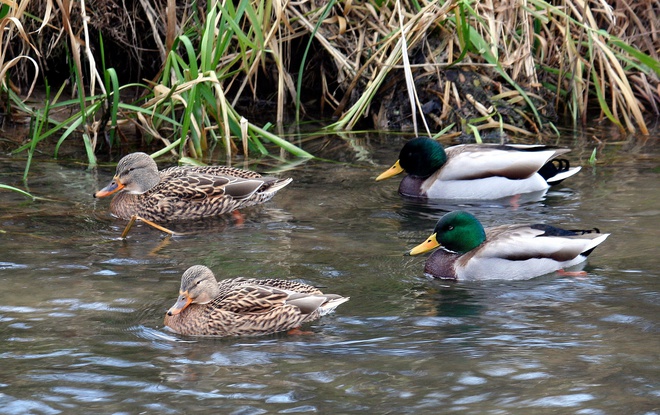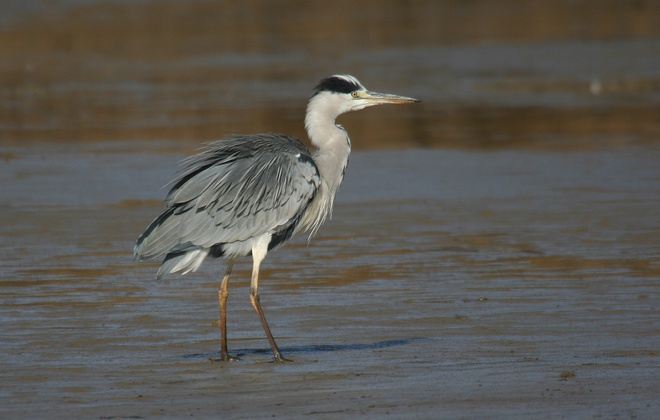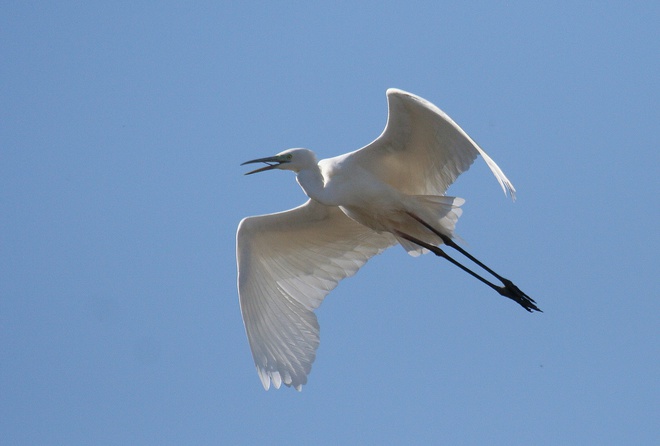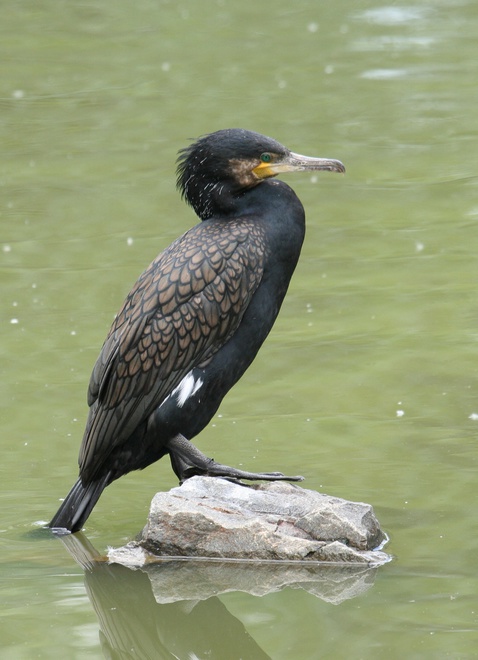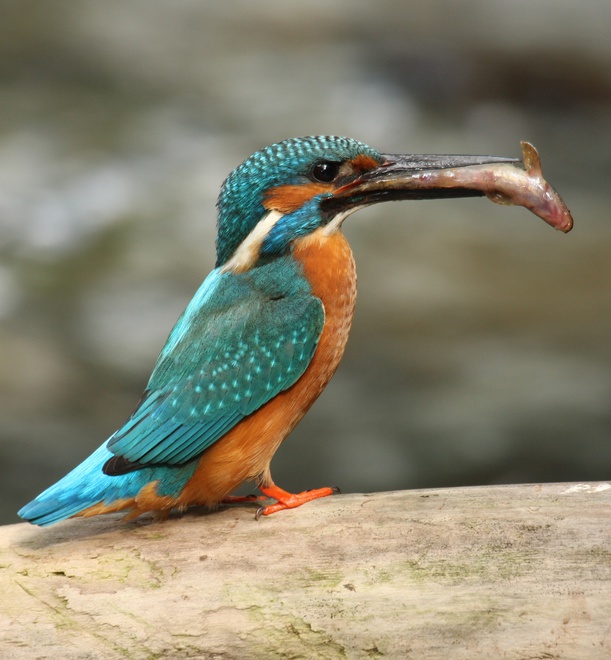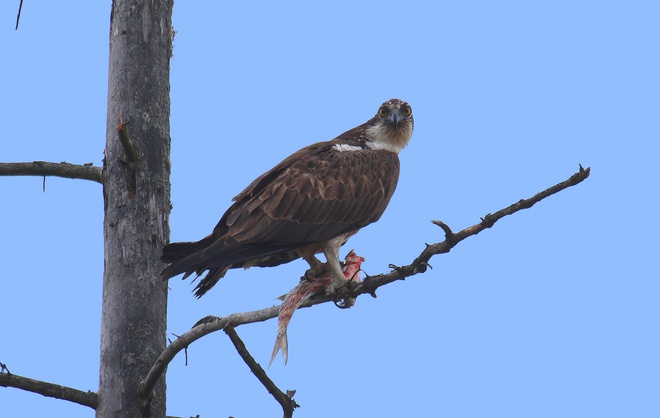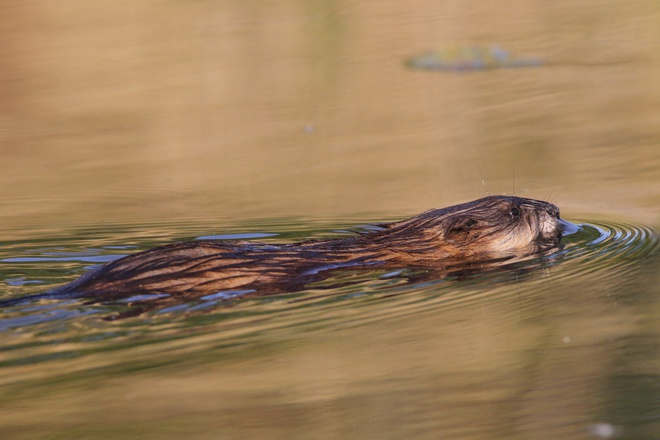Flora and fauna of water reservoirs
Systems of artificial water reservoirs on the Jelenský stream and its right-hand tributary (Staré and Modré jazero) stem at least from the 18th century, and are a result of the economic activities of the Forgach Family, which is indicated as well by the mention of a dam in a deed from 1730.
From station No. 26 we follow the yellow marking (8135) in a slight slope into the vicinity of the recreation centre Remitáž, where the red and blue markings continue from an asphalt road at the Staré jazero (0706, 2426) and arrive at the tourist sign post Remitáž, táborisko (Remitáž, campsite) 218 MASL. In the opposite direction we have to carefully follow the marking at the crossing with the asphalt road on the right after a sharp curve and from it again to the left, to a forest road; parking opportunities. Time: 20 min., in the opposite direction 35 min., length: 1.9 km, easy, in the opposite direction medium challenging.
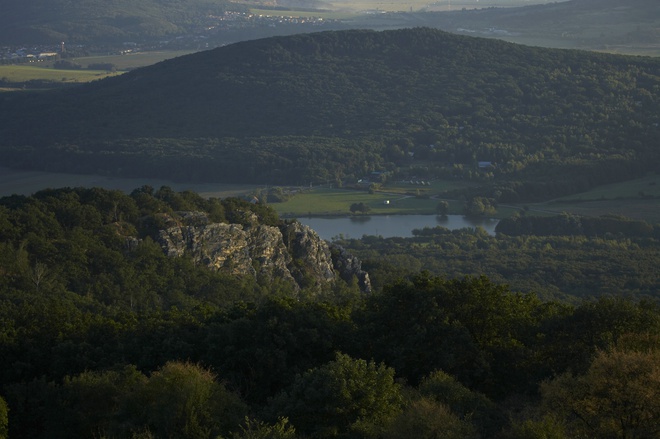
Staré Jazero was in use already in the 1930s and 1940s. After the construction of the Water Reservoir Jelenec in 1967–1968, a recreation area with driving and camping and a cottage area, popular especially in the second half of the 20th century, developed at Remitáž. The dam of Staré jazero was renewed in 1996, Modré jazero is dried out.
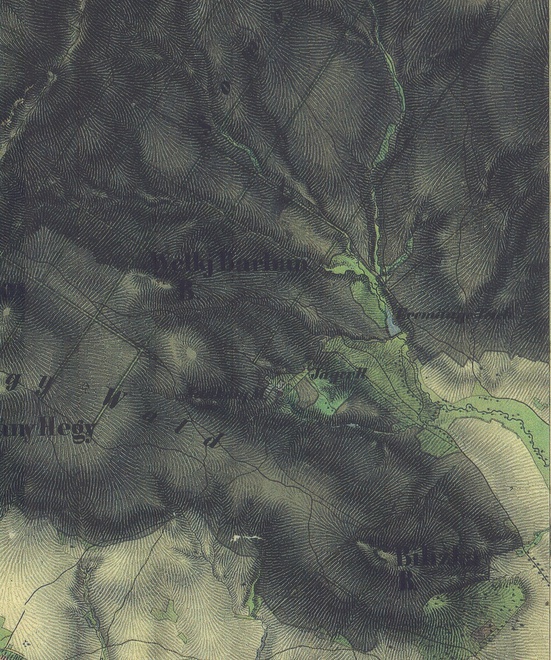
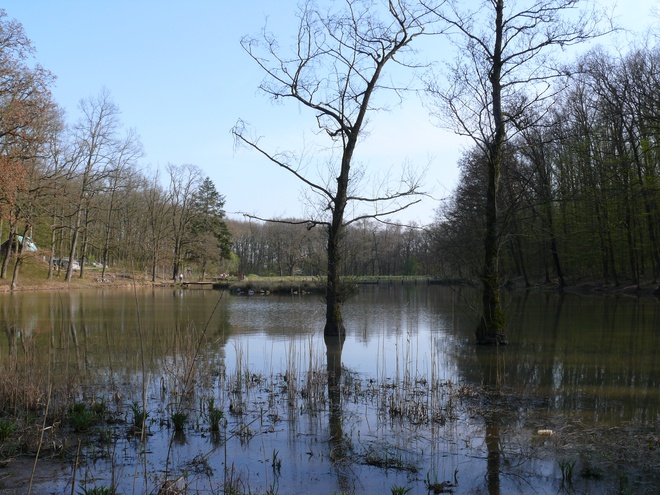
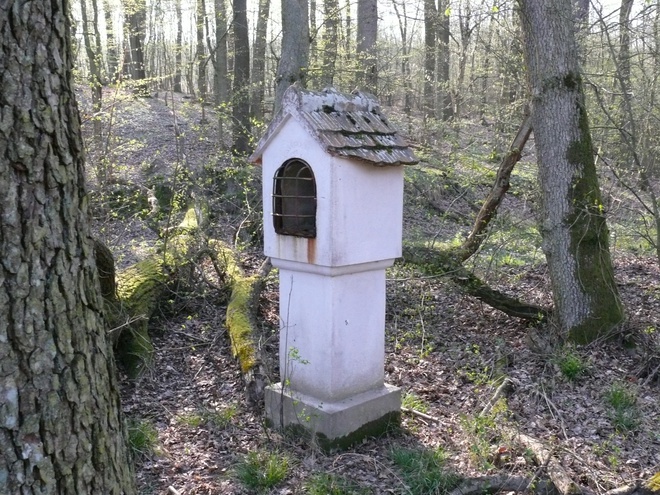
The empty beaches of the Water Reservoir Jelenec were soon filled with riparian plants, which grew mainly near the bank, in the so-called littoral zone. The waters are some ten centimetres deeps, warm enough and there are sufficient nutrients from the sediments in the muddy ground. Some plants enduring even the variations in the water level of the reservoir prefer these conditions. When the water table sinks, a larger surface of the surface of the littoral zone is uncovered and the plants are on dry land. Typical plants of the littoral zone of standing bodies of water are the cattails (Typha). Especially in the surroundings of the water mouth of the stream Jelenský potok to the water reservoir larger covers of the broadleaf cattail (Typha latifolia) with its typical cigar-shaped flower spikes. They have a large root system with nutrient stock; therefore they can survive even if the sites temporarily dry out. A comparable strategy is applied by common reed (Phragmites australis), which as well forms vast covers at water-banks.
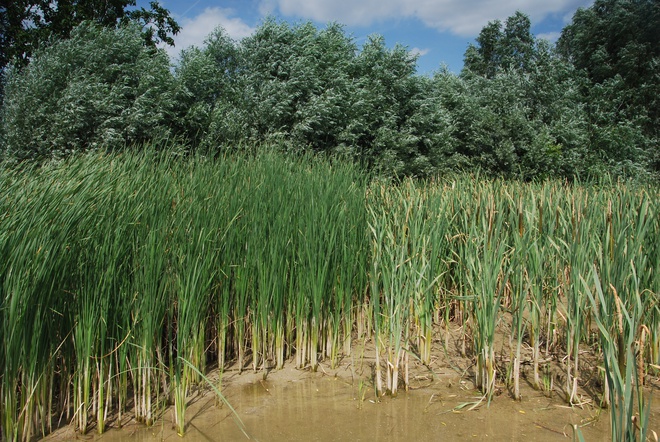
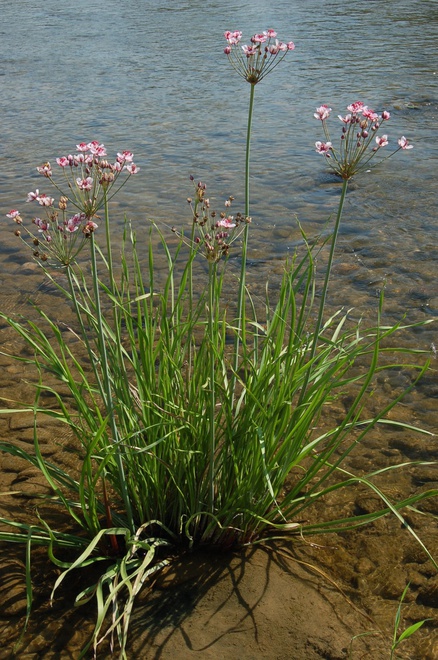
In the littoral zone of water reservoirs is to be found flowering rush (Butomus umbellatus) or yellow iris as well (Iris pseudacorus). A much lower and more subtle riparian plant is the creeping spike-rush (Eleocharis palustris), which resembles a closely mown lawn. Deeper waters are settled by typical water plants, as for example the broad-leaved pondweed (Potamogeton natans). It is rooted in mud and its ellipsoidal leaves are swimming on the water. A waxen coat protects it against the glowing sun. Water plants and riparian plants fulfil an important role in the ecological water system. They offer shelter to aquatic organisms and birds, which can nest there.
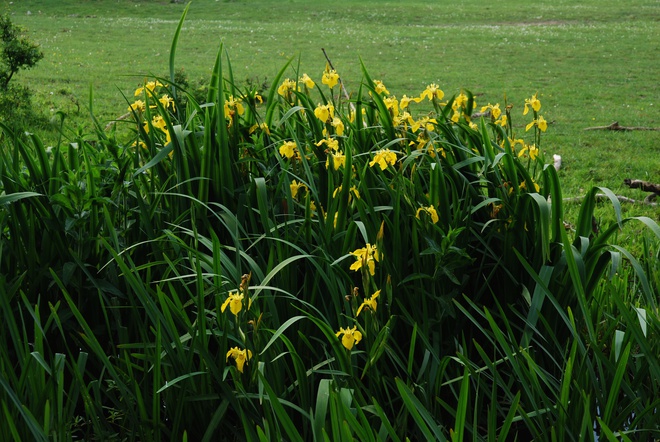
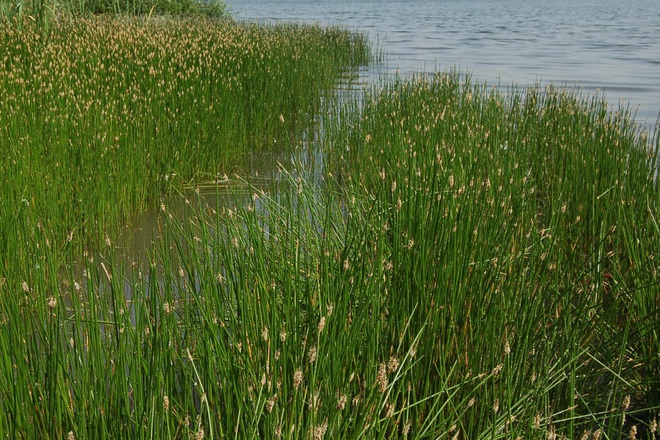
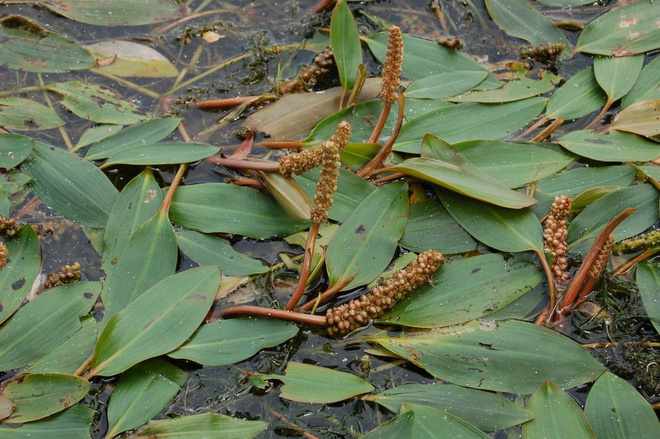
Water reservoirs in the municipality of Jelenec are used for sport fishing; therefore they are of lesser interest to wild animals, especially birds. Economically important fish species are bred here: carp, pike, pikeperch, but as well bass, bream, goldfish and others. The water reservoirs serve as a place for the reproduction of many species of small invertebrates, which are living here permanently, as for example the green hydra (Chlorohydra viridissima) a species of freshwater hydroid polyps (Hydrozoa), the horse-leech (Haemopis sanguisuga) of the leeches subclass (Hirudinea), or they spend only certain developmental stages here, as for example larvae. An example of these are dragonfly (Odonata), mosquitoes (Diptera – Culicidae), some beetles (Coleoptera), as for example the great diving beetle (Dytiscus marginalis), who also live as adult in water, but is capable of flying large distances as well. All these and many other small invertebrates represent an important part of the fish feed. Some representatives of the univalves (Gastropoda) and the bivalves (Bivalvia) are to be found here as well. European crayfish (Astacus astacus) has come to the water reservoir by way of the Jelenecký stream. The water reservoirs serve the lissamphibia as spawning ground. In spring, when the temperatures do not sink below 10° Celsius, the common toad (Bufo bufo) from the surrounding forests gathers here to lay long strings of their eggs. We will find even the ecological group of edible frogs, which are permanently dwelling in the aquatic milieu. According to the newest taxonomic division, we have actually to distinguish between three distinct species: pool frog (Pelophylax lessonae), marsh frog (Pelophylax ridibundus), and their crossbreed of both, the edible frog (Pelophylax kl. esculentus). In the surroundings of water reservoirs we can come across the sound of the European tree frog (Hyla arborea). The grass snake (Natrix natrix) and the dice snake (Natrix tessellata) are reptiles (Reptilia).
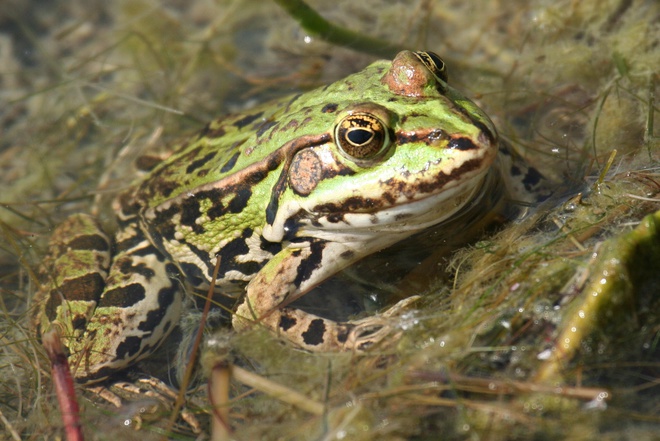
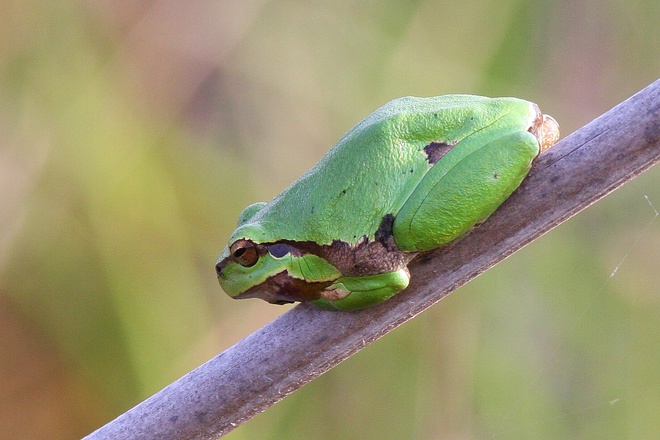
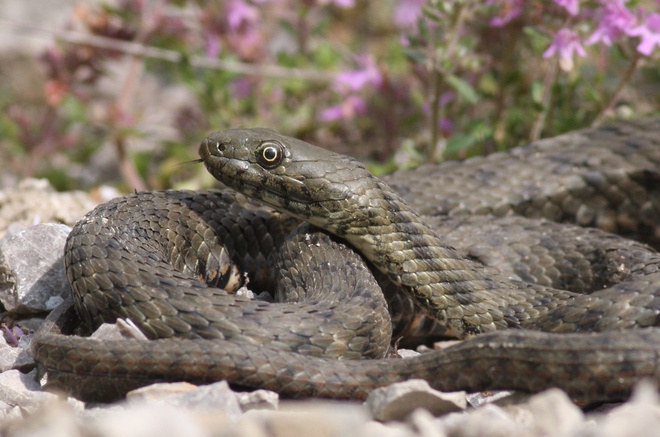
For birds the water reservoirs represent mainly a source of food and a resting place, much less a place for nesting. Most likely we will meet mallards (Anas platyrhynchos) making a break during their migration, rarely other species as well. Grey herons (Ardea cinerea) and occassionaly the great egret (Egretta alba) as well, com to catch fish. If the water table does not freeze over during the winter, we may meet the great cormorant (Phalacrocorax carbo). If we are lucky even the colourful king fisher (Alcedo atthis). During the migration period ospreys (Pandion haliaetus) can make a stop at the water reservoir. Hydrophilic mammals are muskrat (Ondatra zibethicus) and the European water vole (Arvicola terrestris).
